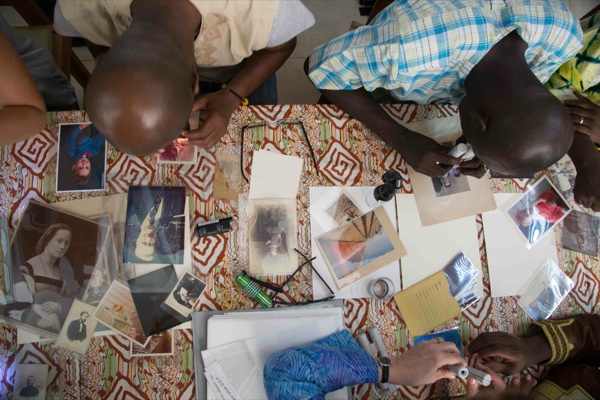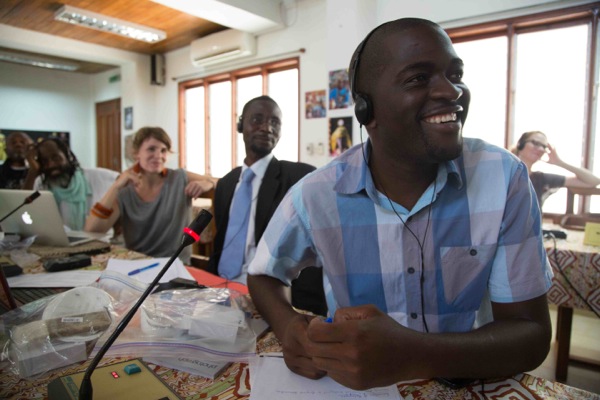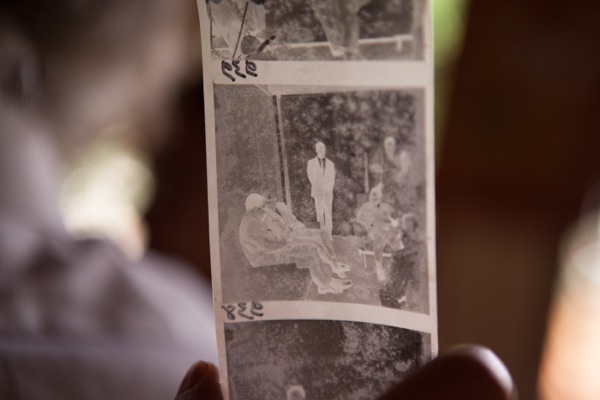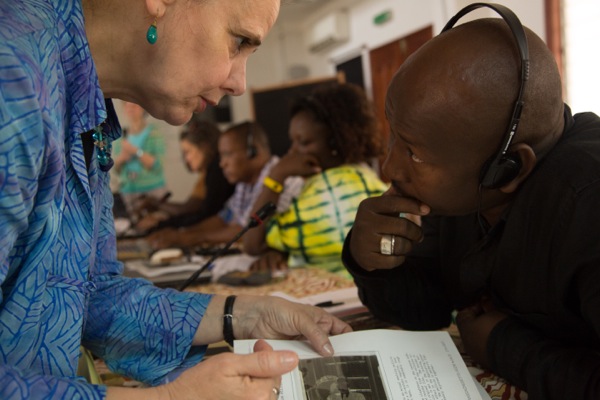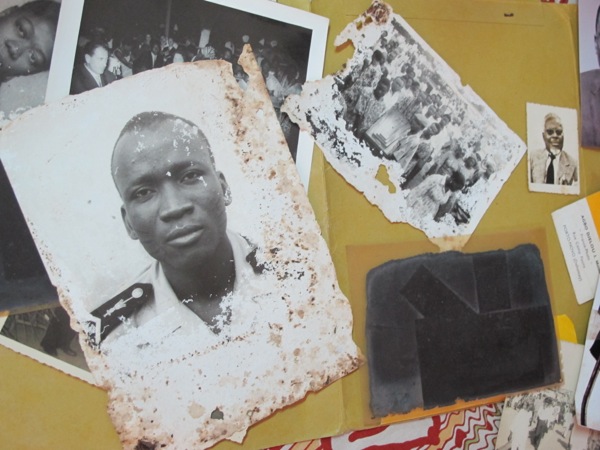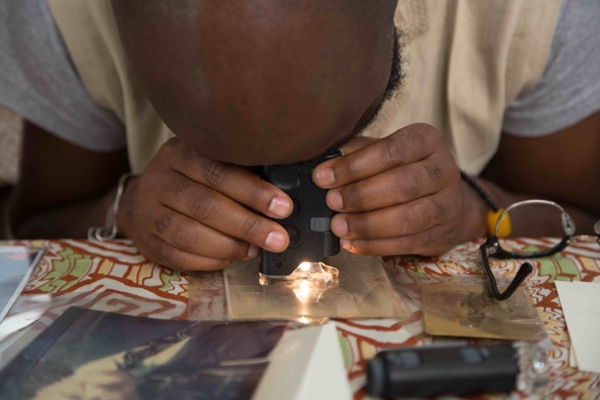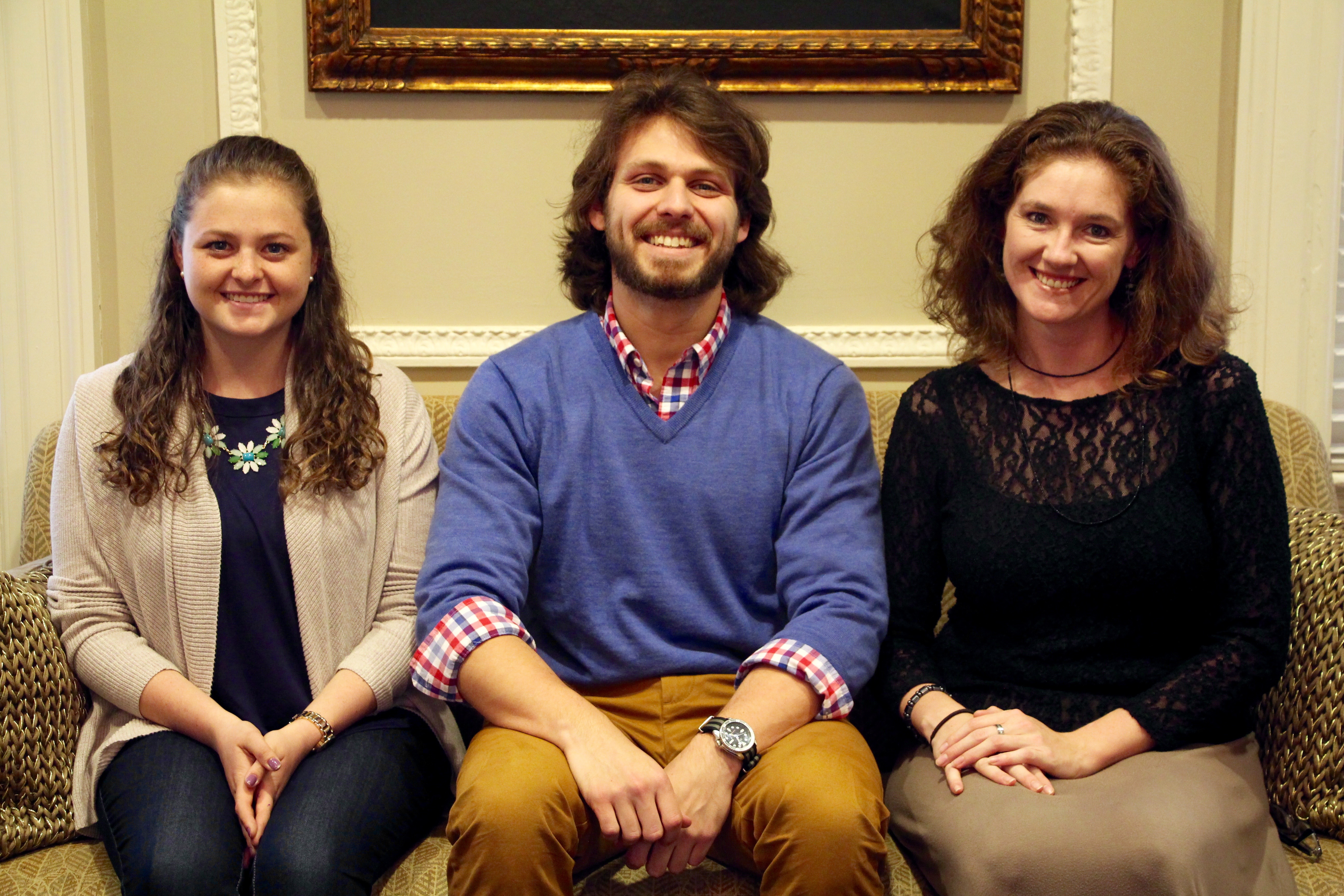Combining theory and practice
Workshop aims to preserve photographs of African history
11:13 a.m., July 3, 2014--Photographs can capture life’s precious moments, show how people lived, loved and connected with one another, and document history. In Africa, photographic collections old and new face many dangers, and some institutions lack the resources and knowledge to properly preserve these treasures.
Debra Hess Norris, chairperson of the University of Delaware's Department of Art Conservation, recognized these urgent preservation challenges and took action.
Global Stories
Fulbright awards
Peace Corps plans
Through the collaborative efforts of organizations committed to raising awareness of the value and significance of photography in Africa, Norris helped create, "Preservation of Photography Patrimonial in Africa (3PA): West African Image Lab," a four-day workshop held at the end of April in Benin, West Africa.
The workshop combined theory and practice to preserve photograph collections in Africa, empowering participants with information, professional networks and advocacy skills.
3PA was sponsored by UD's Department of Art Conservation, Resolution Photo, École du Patrimoine Africain (The School of African Heritage), the Department of Photograph Conservation at The Metropolitan Museum of Art and the Centre de Recherche sur la Conservation des Collections in Paris.
The first of its kind in this region, the workshop was made possible by seed money from UD's Institute of Global Studies and Center for Global and Area Studies small research grant award.
“Conservation of photography is about people and their connections regionally and globally,” said Norris. “Conserving these images preserves evidence of the past; they connect us to the history of the world in powerful ways.”
“Our aim is to keep this vital visual history alive and accessible to present and future generations. With the arts sector growing, it makes sense to work and to network regionally and cross-regionally in Africa,” said Erin Haney, co-founder and co-director of Resolution Photo.
The workshop was attended by 20 photographers, curators, museum and archive professionals, researchers and historians from nine different countries in Africa. The intensive workshop included case studies, bilingual lectures with simultaneous translation, hands-on practice, demonstrations and engaging discussions focused on the challenges of photographic preservation.
“Historical photographs and photographic collections, personal, parastatal or otherwise, provide entry into history, culture, patrimony, art and human agency; they embody particular traces of history that are irreplaceable in their absence,” said Julie McGee, curator of African American Art at University Museums and associate professor for Black American Studies. “Their preservation is thusly an exercise in making history visible now and into the future.”
The workshop aimed to not only educate the participants, but to unite them in efforts to train other professionals and create connections for future collaborative efforts.
Participants examined how to best restore damaged photographic prints and negatives, studied different processes used, identified major risks for 20th century photographs, and considered cost-effective storage practices and strategies to promote preservation education and community engagement. 3PA offered participants the opportunity to share their passion for photography and its value to society. They were given books and tool kits to use throughout the workshop and in their home institutions and collections.
“The workshop offered an opportunity to share resources, building a group of talented individuals who will teach and promote preservation while working together,” Norris said.
Africa faces environmental and economic threats to photographic collections that include fluctuating weather conditions, lack of financial resources, inadequate storage conditions, and susceptibility to theft and international sale.
“Preservation of cultural heritage connects people and cultures. It helps to build reconciliation, promote peace and cultural understanding, and connects communities,” Norris added.
The pilot workshop was modeled off Norris’ Middle East Photograph Preservation Initiative, which seeks to build a cadre of photographic conservation professionals in a region where few currently exist. There is an identified need for photographic preservation in Africa due to unique variables and lack of conservators. Norris said she hopes to continue this project next year working with the School of African Heritage in Benin, and possibly expand the program to Zimbabwe in the hope of allowing more Africans access to preservation education.
“There is a dynamic and very energetic generation of young professionals and activists who are committed to preservation,” said Jennifer Bajorek, co-founder and co-director of Resolution Photo. "Photographs form a vibrant and vitally important part of artistic and cultural heritage in many different African countries, and it is essential that this heritage be preserved and made accessible to future generations.”
Article by Elizabeth Adams and Jessica Franzetti
Photos by Caroline Lacey, courtesy of Resolution Photo






.jpg)
